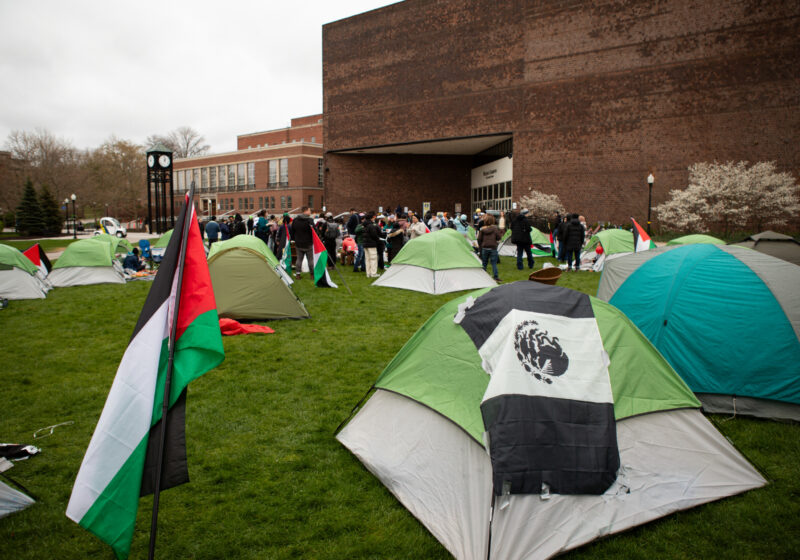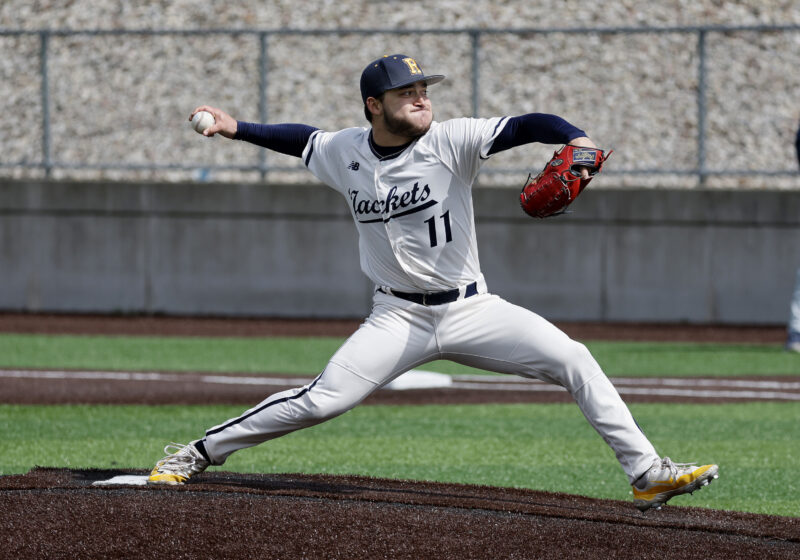Perhaps you have seen this word when you were browsing at a video store. Maybe you have seen it while surfing the Internet. Perhaps you have heard it uttered in the dark of the night, behind closed doors. For people who aren’t devoted fans, Anime (pronounced “ah nih may”) is a hard concept to understand.
“Cartoons,” you think, “we have those here. And the words match up to mouths.” If you have been exposed to it, it is likely to have been Sailor Moon, Dragon Ball Z, or some other import on the Cartoon Network.
It is important, firstly, to discard everything you think about cartoons. This is not Smurfs, Looney Toons or Garfield & Friends. Anime is its own genre, separate from cartoons. Once you get past the idea that anime is just Japanese cartoons, you can begin to understand why it is that so many people spend so much time and energy caring about it.
What is Anime?
Anime is the term used to refer to a specific style of cinematography originating in Japan. The specifics of setting, plot and genre can vary from one to another, but there is still something that unifies them as “anime.”
Psychology department systems manager and alumni Anime Night organizer, Arthur Loveland, explains that anime is “not a genre, but a medium.”
“You can find anything in anime,” he said, explaining what makes anime a medium. Basically, anime isn’t an alternative to action or western movies, it is a different style of making them.
Here in the U.S. the majority of animated media is intended for children. Even those that have a broader demographic, such as “The Simpsons,” are still seen in some regards, as children’s programming. In Japan, though, anime is not just for children. The programs are seen by people of a broad range of ages, and do not have the same “childish” connotation.
Senior and student Anime Night organizer, Bjoern Braese, warned those unfamiliar with anime, “if there is a warning on the tape, it is there for a reason.”
“They can get extremely graphic,” he said. This almost has a double meaning. The shows can be explicit sexually and in terms of special effects.
Shounen, Shoujo and Hentai
There are three major categories of anime. They are Shounen, Shoujo and Hentai. Shounen is Japanese for “boy,” shoujo is Japanese for “girl,” and Hentai, being a bit more difficult to translate, means “weird” with a connotation of perversion.
There is more to these distinctions than the names imply. Shounen anime seems to follow standard heroes quest archetypes. Shoujo has a tendency to deal with emotional conflict and relationships. Hentai is essentially animated pornography. These basic categorizations are being explained in a simplified manner, partially due to lack of space, and partially because, like any creative endeavors, the categories never match up precisely with the actualities.
Settings
Anime has a wide variety of settings. Some anime takes place in the future, with advanced technology. Some takes place in medieval times, revolving around fantasy elements and magic. Still others take place in realistic imitations of today’s world.
Some mix these genres, creating new ones, such as the space-western, or post-apocalyptic fantasy genre (that being so far in the future that civilization has collapsed and is rebuilding itself).
In anime with futuristic or advanced technology, a favorite element is the “mecha,” large mechanized suits worn by heroes and villains in which they do battle. Gundam and Voltron are examples of these that have become popular in America.
Series vs. one-shot
Some anime comes in the form of TV series. They can have ongoing plots that tell a longer story, or disconnected plots with the same characters from story to story. Many of these series, planning on additional episodes or seasons, end very abruptly.
This can be disconcerting at first, because the series has ended, and we, the viewers, have many unanswered questions. After a bit of experience with it, though, it becomes less disturbing.
Sometimes, for one reason or another, episodes of a series, or entire series, are released straight to video (kind of like Disney sequels).
This may be because the content was too questionable for release on television or the episode(s) didn’t fit with the ongoing plot of the show.
Loveland reminds us that “the Japanese have a very different culture.” Because of this, anyone watching anime for the first time should “have an open mind,” and be aware that they “will definitely be surprised.”
The other form that anime comes in is film. There is a large body of anime produced as feature length movies. Like most other movies, these can be either a complete story in and of themselves, or part of a series (like Star Wars or The Godfather).
One thing to be wary of, mentions Braese, is that “people die left and right.”
Unlike the “Hollywood” ending, where the hero always wins, characters in anime can die, even if they are the main character.
An American analog, suggested by Loveland is Transformers: The Movie, which is less static than other American cartoons (the unaging Simpsons, for example), which allows for “an ongoing story.”
Subbing vs. dubbing
The final (and to some people most important) element of Anime is subtitling (subbing) versus dubbing. While there is large support on both sides of the argument, many people have strong, almost immutable preferences. Cartoon Network & the Sci-Fi channel, for instance, tend to use dubbed anime. Today, with advances in DVD technology, the issue is less important, as a DVD can be recorded with both subbing and dubbing, allowing the viewer to choose his or her own preference. Back in ancient times (i.e. before DVDs were available for general consumer acquisition), it mattered whether you got the subbed version or the dubbed version.
The argument for dubbing is that trying to watch the action on the screen while simultaneously reading the dialogue is distracting, and prevents you from fully appreciating the artistry of the animation. Subbers (those who insist on subtitles) argue that the vast majority of English-speaking voice actors are not 1) of high enough quality to do justice to the script and 2) were not directed by the director of the anime, and thus, feel that dubbing is inadaquate.
What it all means
When all of these varied elements are put together into a whole medium, you get anime.
While the definitions range from broad to narrow for what qualifies anime, it is a large body of cinema that deserves attention.
It shouldn’t be limited to just the geeks. All you non-geeks out there should jump in, because there is a lot of anime that you will otherwise miss out on.


